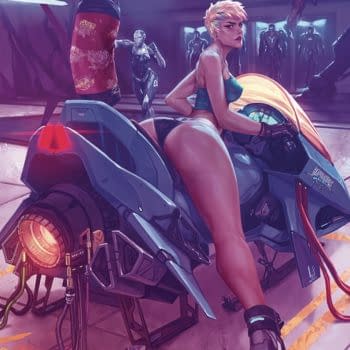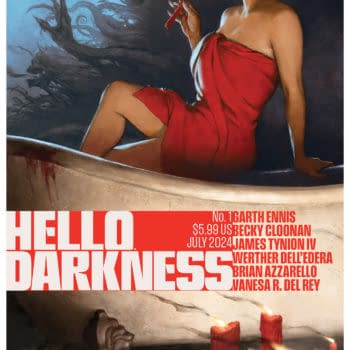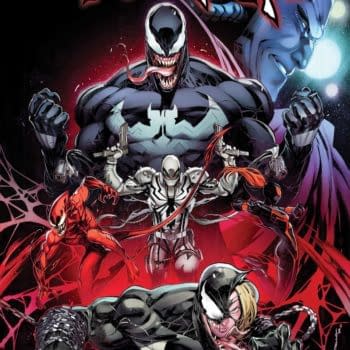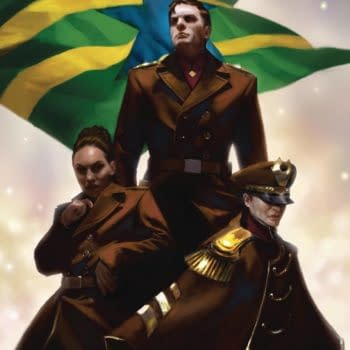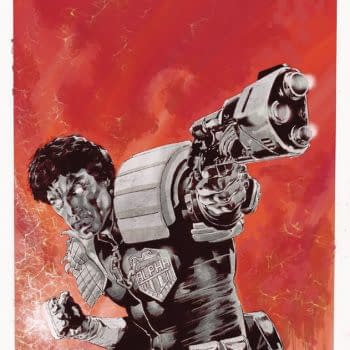Posted in: Comics, Recent Updates | Tagged: Comics, entertainment, Eva de la Cruz, idw, Inaki Miranda, Michael Geszel, Peter Spinetta, Tribes: The Dog Years, vertigo
Tribes From IDW: One Of The Most Beautiful Graphic Novels Of 2014
I've been trying to read Tribes: The Dog Years from IDW and Soul Craft for a couple of months. It has gone on three trips with me, carefully wrapped up because it's a beautiful book. But life being what it is in terms of lack of time lately, I've had to see it lying quietly on tables rather than getting the chance to really explore it. Enough is enough. On my third trip, I will actually see what's obsessed me to the point of carrying it in my luggage so many times.
Well, let's be clear that I knew that the artwork was by Inaki Miranda, the artist who I had noticed on Coffin Hill from Vertigo and been fairly entranced by. That was enough to get my attention initially. Miranda has also worked on Fairest, Judge Dredd, Aquaman, and other comics, and says things like "I say we dive into the heart of contemporary visual symbolism" on his blog. He is a very interesting artist. His art is interesting and his ideas are interesting. Let's see what he does with Tribes.
[Opens book cautiously after taking cellphone picture of the cover… which in the Deluxe Edition's horizontal format is raised and glossy around a spreading symbol, and in the regular edition is nicely glossy with attention to rich color.]
[Takes another photo of the gorgeous endpapers made up of block-like images from the graphic novel chosen in part for their color qualities… Colors on the book are by Eva de la Cruz]
[And on opening pages, we get symbols related to the "tribes" of the book. The pages of which have been rendered to look like parchment.]

The people are "shadow" like, as it says in introducing the story, and have honed their instinct to follow a primitive life, but that primitive life also means violence and competition. The writers have added a welcome twist by placing a conflict between this new way of life and the mysteries of the lost modern world right at the center of the story, making it a mystery as well as a journey of discovery for our young characters. Miranda creates these softly shaded and visually balanced images of new found beauty in primitivism, as above, but also upon occasion descends into near-horror elements, as below:

















